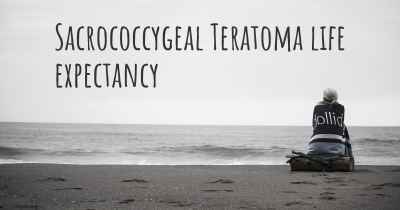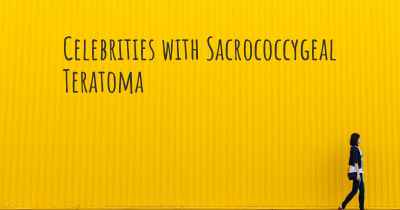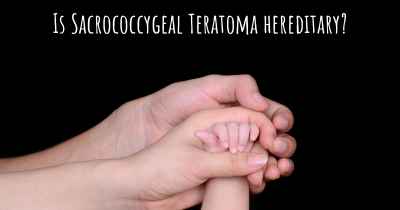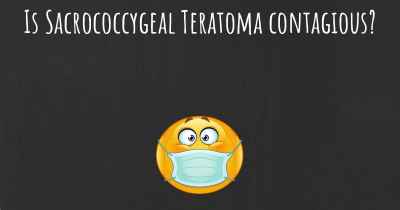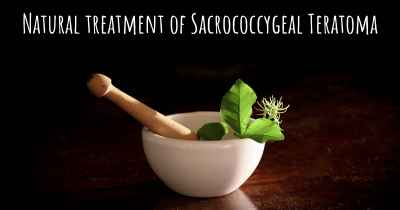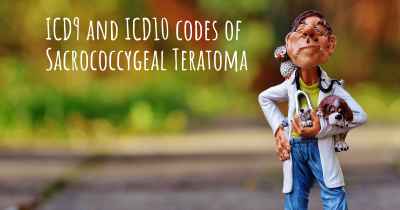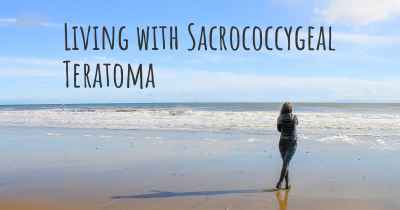What are the best treatments for Sacrococcygeal Teratoma?
See the best treatments for Sacrococcygeal Teratoma here

Sacrococcygeal teratoma (SCT) is a rare tumor that develops at the base of the tailbone (coccyx) in infants. It is the most common tumor found in newborns, occurring in approximately 1 in every 35,000 births. SCTs are typically benign (non-cancerous), but in some cases, they can be malignant (cancerous).
The treatment for sacrococcygeal teratoma depends on various factors such as the size of the tumor, whether it is benign or malignant, and the overall health of the infant. The primary goal of treatment is to completely remove the tumor while minimizing the risk of complications.
Surgical Excision: The mainstay of treatment for SCT is surgical removal. The tumor is typically removed along with the coccyx and surrounding tissues. The surgical approach may vary depending on the size and location of the tumor. In some cases, a multidisciplinary team of surgeons, including pediatric surgeons, neurosurgeons, and orthopedic surgeons, may be involved to ensure complete removal of the tumor.
Chemotherapy: In cases where the tumor is malignant or has spread to other parts of the body, chemotherapy may be recommended. Chemotherapy uses powerful drugs to kill cancer cells and shrink the tumor before surgery. It can also be used after surgery to destroy any remaining cancer cells.
Radiotherapy: Radiation therapy may be used in certain cases, particularly if the tumor is malignant or if there is a risk of recurrence after surgery. It involves using high-energy X-rays or other types of radiation to kill cancer cells and prevent their growth.
Monitoring and Follow-up: After treatment, regular monitoring and follow-up are essential to ensure the tumor does not recur. Imaging tests, such as ultrasound, CT scans, or MRI, may be performed periodically to check for any signs of recurrence or metastasis.
Supportive Care: Infants with sacrococcygeal teratoma may require additional supportive care, especially if the tumor is large or causes complications. This may include close monitoring of vital signs, nutritional support, pain management, and psychological support for the parents and family.
Prognosis: The prognosis for sacrococcygeal teratoma varies depending on several factors, including the size, type, and stage of the tumor, as well as the overall health of the infant. Benign tumors generally have an excellent prognosis, with a high likelihood of complete cure after surgical removal. Malignant tumors, on the other hand, may have a more guarded prognosis and require a combination of surgery, chemotherapy, and radiation therapy.
In conclusion, the best treatments for sacrococcygeal teratoma involve surgical excision as the primary approach, with the addition of chemotherapy or radiation therapy in certain cases. Regular monitoring and follow-up are crucial to detect any recurrence or metastasis. The prognosis for sacrococcygeal teratoma depends on various factors and should be discussed with a healthcare professional.
Posted May 21, 2017 by Erin 2150
